《1 Introduction》
1 Introduction
In 2016, the annual fertilizer application rate in China declined for the first time to a total quantity of 5.984×107 t. Nevertheless, future prospects of fertilizer application in China are not optimistic, as the current scalar quantity for fertilizer application in cultivated areas is 443.53 kg/hm2 and that in unit sown areas is 323 kg/hm2 . Both of these values exceed the upper safe limit of 225 kg/hm2 recommended by developed countries to prevent environmental damage [1]. Frequent improper application of fertilizer might cause numerous issues [2], such as polluted water, land, and air and potentially reducing the quality of agricultural products, which increases agricultural non-point source pollution and inhibits sustainable agricultural development.
Fertilizer overuse in China has been studied by many researchers. Economists commonly measure and calculate fertilizer utilization efficiency using the energy ratio method, stochastic frontier production function (SFA), and data envelopment analyses (DEA) [3−8]. Their results attribute the excessive application of fertilizer to the low utilization of crop fertilizers in China. In recent years, an increasing number of studies have analyzed farmers’ fertilizer application behavior using statistical modelling (e.g., the sample selection (Tobit) model, Probit model, evaluation Logit model, Heckman model, and general linear model) at the micro level, which includes farmers’ individual characteristics, farmers’ family characteristics, production means characteristics, production activity characteristics, and agricultural market characteristics [9−18]. Some scholars believe fertilizer overuse can be attributed to other factors: an incomplete national system [11,19−21], increased labor costs [22,23], failure to properly utilize the agricultural extension system [24], and the adjustment of plant industry structure [25−27]. Jin Shuqin et al. [28] investigated overuse from another point of view and revealed that interactions between the farmer and the distributor in terms of information transfer and credit purchases also play a major role in fertilizer overuse. In Jin’s opinion, the poor information provided by distributors and the low credit of farmers often lead to fertilizer overuse. In this article, the reasons for fertilizer overuse have been analyzed from distributors’ perspective.
《2 Analysis of the traditional two-level fertilizer marketing model》
2 Analysis of the traditional two-level fertilizer marketing model
Currently, fertilizer distribution in China follows a traditional two-level marketing model, as shown in Fig. 1. Fertilizer manufacturers assign provincial sales managers and county-level salespeople to develop county-level (municipal) agents, and the county-level (municipal) agents then develop township- and village-level retailers within their respective jurisdictions. Fertilizer products are sold to farmers through the retailers.
As instructions are issued level by level and all links are closely connected, this strategy aids manufacturers in establishing a fixed sales network. Manufacturers can then integrate capital, brand, personnel, and sales network improvements effectively through agents and retailers, and the manufacturer and distributors can set up joint brands to stabilize customer loyalty, ensure the steady growth of product sales, and to reduce advertisement costs. However, this marketing model has its disadvantages. For example, it requires high terminal investment owing to the simultaneous price rise at two levels. In particular, the sale of new-type fertilizers, considering their high production costs, will be severely restrained by their price if promoted using this model.
According to surveys and panel discussions, at the second level, the primary cause for price increase is the limited sales volume of retailers, which is primarily caused by their small areas of responsibility and low number of consumers. In order to make a profit, retailers must charge higher prices for their wares. In addition, product advertisement and credit purchases by customers are also two key factors that can drive price increases. In terms of product promotion and the technical training required for proper fertilizer application, fertilizer manufacturers offer training to both retailers and farmers, and similarly, agents and retailers provide training for farmers. These training are usually free for participants, with all costs covered by the manufacturers themselves. The training costs are substantial (including board, lodging, and travel expenses for participants, as well as expenses associated with hiring expert lecturers and consultants). Similarly, significant capital turnover costs are generated by allowing product credit purchase. As shown in Fig. 1, manufacturers sell fertilizers to county-level (municipal) agents by C/C or advance payment, because manufacturers do not allow credit purchase. However, credit purchases occur in the second and third resale levels, and farmers’ credit purchases are often highly detrimental. Consequently, agents and retailers incur the risks of bad debts and capital turnover costs, and such risks subsequently drive the increase in fertilizer price.
《Fig. 1》
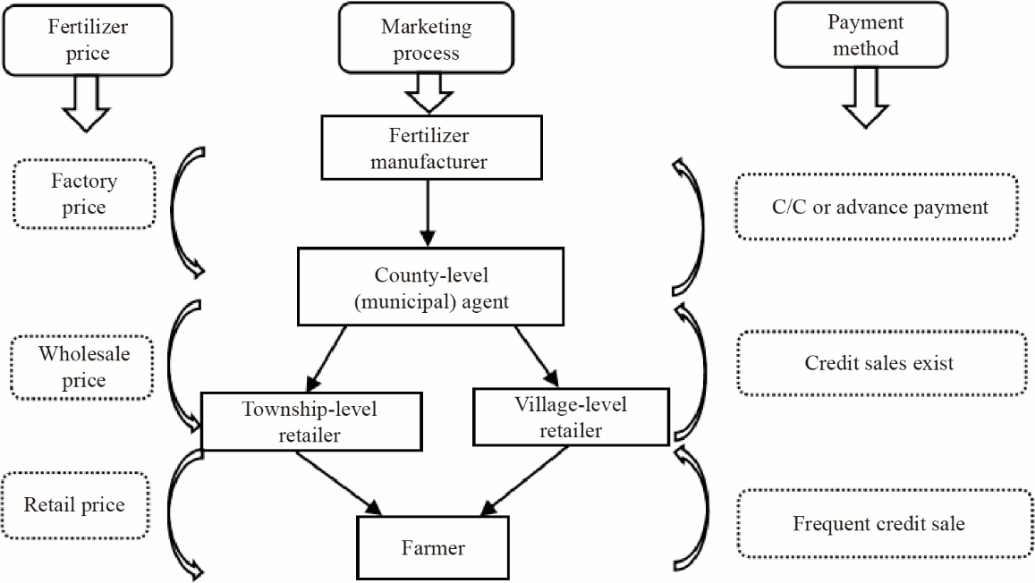
Fig. 1. Diagram of the traditional two-level marketing model.
《3 Survey of fertilizer distributors》
3 Survey of fertilizer distributors
《3.1 Sources》
3.1 Sources
A survey (Table 1) has been performed targeting fertilizer agents and retailers in July and August of 2017, to understand the fertilizer sales web. In Henan Province, the survey was conducted at retailer training events performed by a Shandong manufacturer. Questionnaires were distributed at three training venues: Shandong manufacturer; Shangshui County, Henan Province; and Ye County, Henan Province. Considering the limited duration of these training events, the questionnaires were distributed to respondents and then collected by investigators who were responsible for reviewing and/or revising the questionnaires. The recovery rate of questionnaires was low, with only 30 of the 60 questionnaires distributed being recollected. We also surveyed rice farmers in Zhejiang Province by generating a random sample of local fertilizer distributors and talking with them in person. From these discussions, we collected 11 valid questionnaires. Therefore, the total number of valid questionnaires was 41, which included 2 questionnaires completed by county-level agents, 19 completed by township-level retailers, and 20 completed by village-level retailers.
The questionnaire requested personal information concerning the shop owner and his/her family, basic information about their sales outlets, fertilizer application technologies, training, and fertilizer sales in 2016.
《Table 1》
Table 1. Fertilizer distributors participation in the survey. Pieces

《3.2 Results》
3.2 Results
3.2.1 Basic personal information
The interviewed distributors were representative of the sample to some degree (Table 2). Among the 41 interviewed distributors, male shop owners were the most common demographic, making up 85.37% of samples. The average age of the interviewees was 48.8 years, and most of them were 40−60 years old. The average number of years spent in the education system was 9.76 years, with a minimum of 5 years, and a maximum of 15 years. Ten of them, 24.39% of the interviewees, had secondary technical education or above; 27 sales outlets had been in operation for at least 10 years, which accounted for 65.85% of all samples.
《Table 2》
Table 2. Basic information of the interviewees.
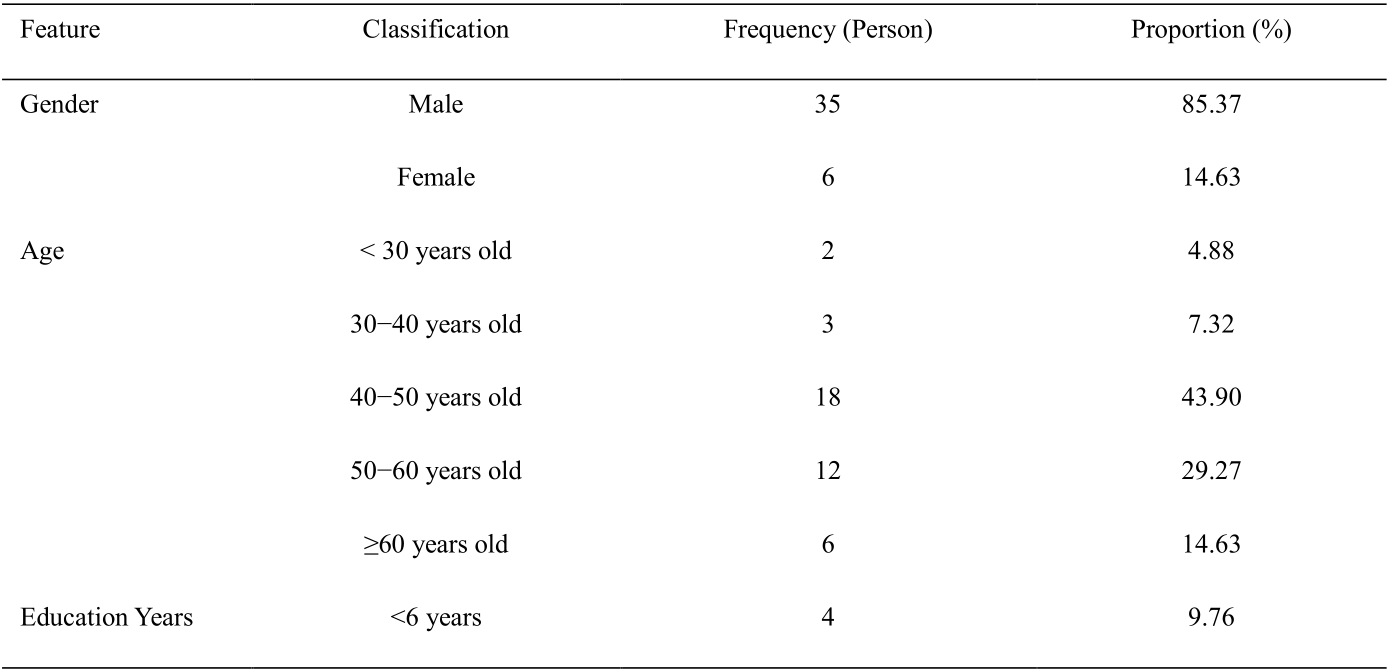
Table 2 (continued)
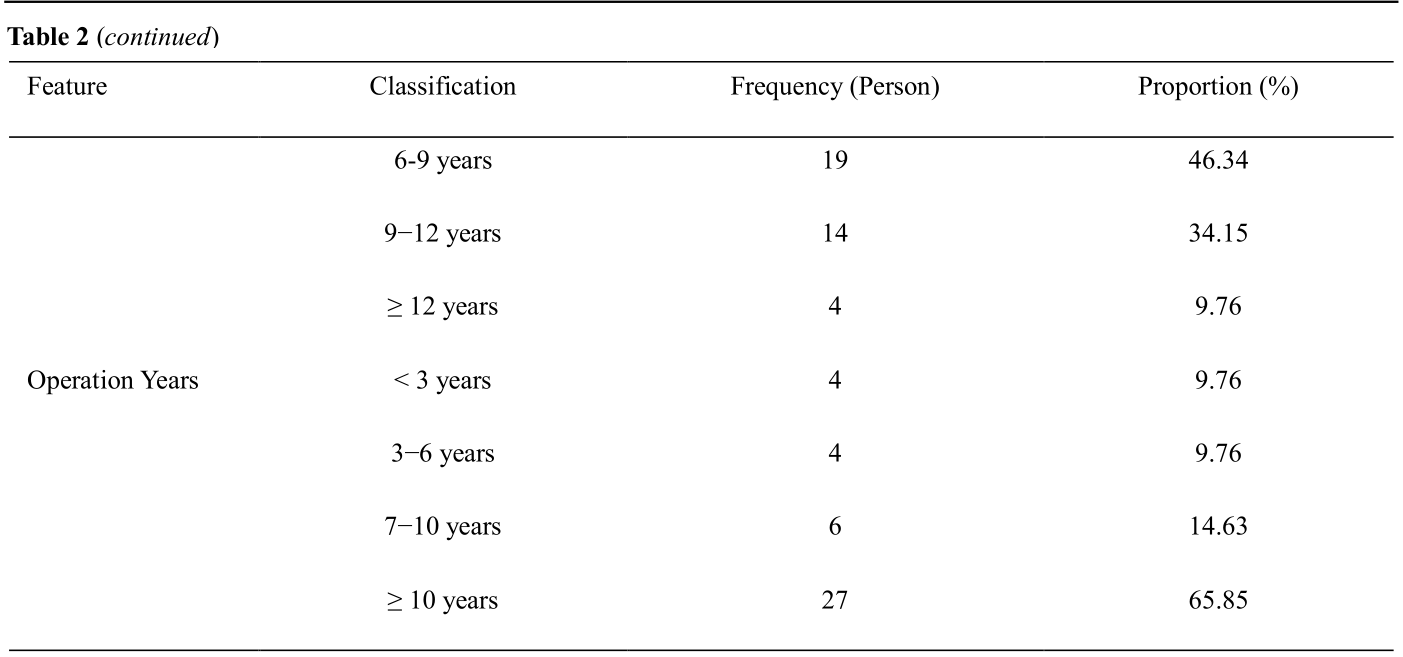
Source: Survey data.
3.2.2 Technical training in fertilizer application
Over the past year, both county-level distributor agents participated in technical fertilizer application training. The proportion of township-level retailers who had participated in technical fertilizer application training was 78.95%, whereas only 60.0% of village-level retailers had taken part in training. Each village-level retailer undertook training 3.42 times per year on average, which was higher than that undertaken by county-level agents and townshiplevel retailers (Table 3). Although the number of trained village-level retailers was small, they participated in the training more frequently.
《Table 3》
Table 3. Participation in training events held be distributors in the previous year.

Source: Survey data.
3.2.3 Retailer training for farmers
Following the traditional two-level distribution model, township-level and village-level retailers were in close interaction with farmers (Table 4). According to this study, more than 40% of township- and village-level retailers offered technical training to local farmers every year. Farmers were trained on fertilizer application, insecticide spraying techniques, field management, and product properties by centralized lectures and field demonstrations. In particular, the average number of training events hosted by village-level retailers for farmers was 3.13/person/year, which was more frequent than that of township-level retailers.
《Table 4》
Table 4. Participation of farmers in training events held by retailers in the previous year.

Source: Survey data.
3.2.4 Sources of information concerning fertilizer application for distributors
Distributors collected fertilizer application information from a diverse range of sources, mainly from fertilizer manufacturers, their own experience and knowledge, and product instructions (Table 5). As described above, fertilizer manufacturers provide technical information on fertilizer application by providing training and hosting product introduction meetings for retailers. Some retailers obtain technical details from product instructions, which is considered a scientific method of learning. With the development of information technology, smart devices such as mobile phones and computers will likely become the predominant means by which retailers acquire technical information.
《Table 5》
Table 5. Information sources concerning fertilization technology for distributors.
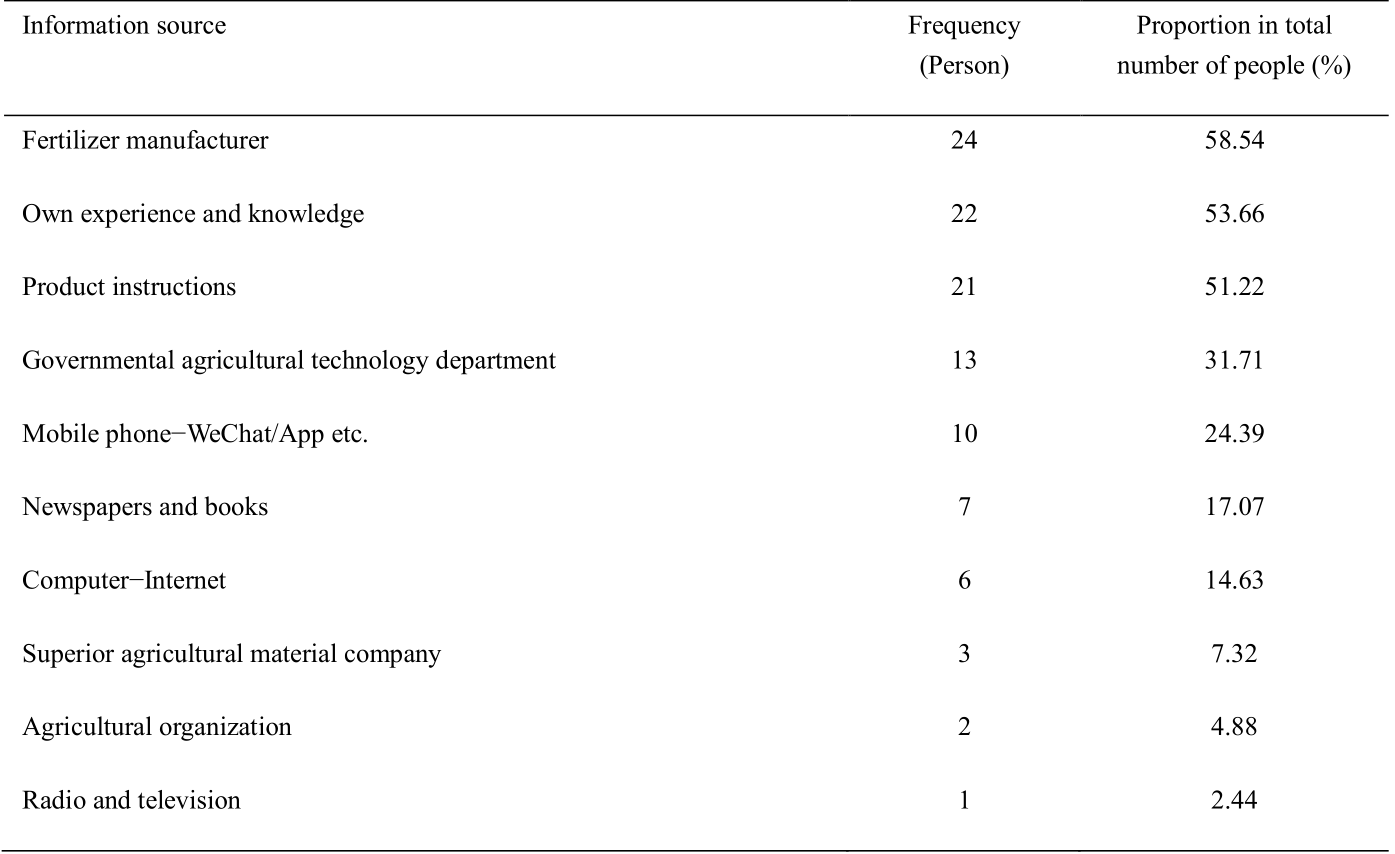
Source: Survey data.
3.2.5 Difficulties encountered by distributors relating to fertilizer distribution
Credit purchases are the greatest difficulty encountered by fertilizer distributors. As shown in Fig. 2, 81.58% of respondents believed that credit purchases were the most common difficulty encountered in fertilizer sales, followed by high operation costs, small interest margins, and inferior, counterfeited, and defective products. Distributors also encounter farmers with poor knowledge of fertilizers. Some distributors also have poor capital turnover and are not trusted by others. These phenomena validated the previous analysis regarding the reasons of high fertilizer prices affecting the second level distributors. Fertilizer manufacture, distribution, and sale are a high operation cost industry, and distributors are frequently hindered by credit purchases, market chaos, and ignorance and lack of knowledge of farmers.
《Fig. 2》
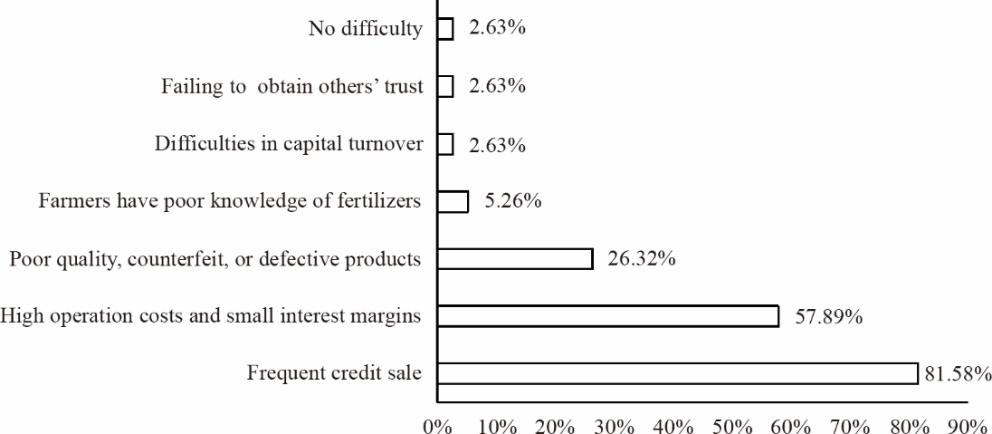
Fig. 2. Difficulties frequently encountered by distributors. Source: Survey data
《4 Empirical analysis of the behavior of fertilizer distributors》
4 Empirical analysis of the behavior of fertilizer distributors
《4.1 Source》
4.1 Source
Distributors are those most closely associated with farmers, and as such are in the best position to directly transmit information to them. To understand the influence of distributors in this type of information transmission, we established an econometric model by using the amount of fertilizer recommended by each kind of distributor as the response variable. During the investigation, we inquired about the distributors’ fertilizer operations in 2016, including queries concerning the best-selling fertilizer variety in 2016 and its purchasing and sales price, payment mode, sales volume, recommended application rate, and the crops to which it is mainly applied, with a specific focus on wheat cultivation in Henan Province and rice cultivation in Zhejiang Province. This resulted in a dataset of 106 types of fertilizer, of which 55 were used in Henan Province and 51 were used in Zhejiang Province. The fertilizers were predominantly compound fertilizers and urea-based fertilizers, accounting for 75.47% of the total (Table 6).
《Table 6》
Table 6. Fertilizer variety data.
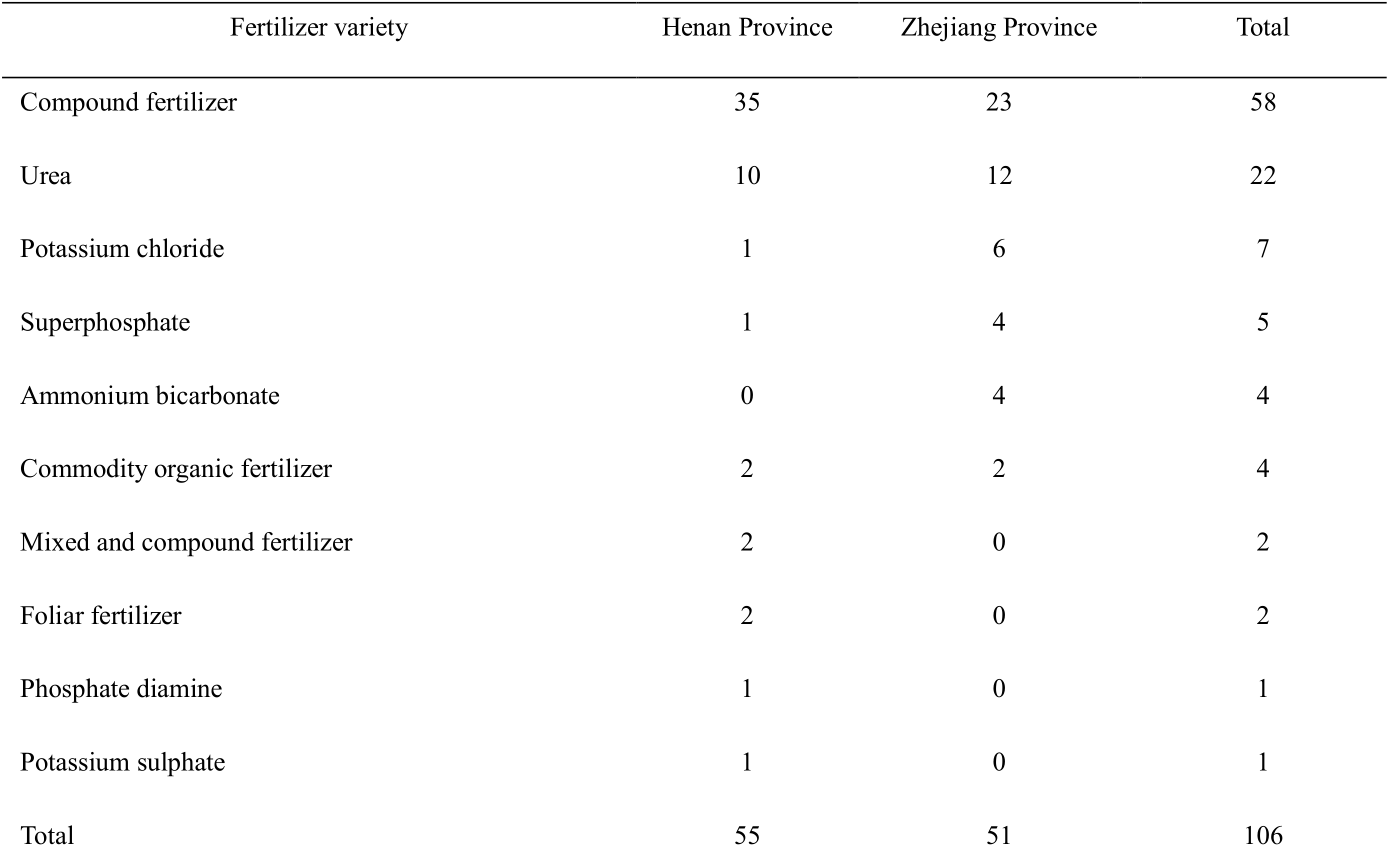

Source: Survey data.
《4.2 Model setup》
4.2 Model setup
A multiple regression analysis [29] was used to analyze the distributors’ influences in the transmission of information to farmers, using the application rate that specific distributors recommended to farmers as the response variable. The model is detailed below:
Recommendation = α0+α1 Priced +α2 Credit +α3 Education +α4 Training +α5 Year +α6 Province +α7 Location +α8 Fertilizer +ε1 (1)
As the degree of education of shop owners influenced their involvement in agricultural training, we added both as an interaction term in a second model, which is detailed below:
Recommendation = β0 +β1 Priced +β2 Credit +β3 Education +β4 Training +β5 Education × Training +β5 Year +β6 Province +β7 Location +β8 Fertilizer +ε2 (2)
In (1) and (2), the recommended application rate that each fertilizer distributor recommended to farmers is used as the response variable, with fertilizer price (Priced), payment mode (Credit), degree of education of the shop owner (Education), shop owner’s participation in technical agricultural training (Training), and the number of years of operation of the sales outlet (Year) used as explanatory variables. The recommended application rate (kg/mu, 1 mu ≈ 666.667 m2 ) refers to the amount of fertilizer a distributor recommends a farmer to apply to a unit area for a certain crop. The influence of payment method on the recommended application rate is evaluated by whether credit purchase is a viable method of payment when purchasing from a specific distributor. The condition of technical agricultural training is assessed by the distributor’s involvement in technical agricultural training over the past year. Fertilizer price is expressed as the difference between the average selling price and the average purchasing price (i.e., average sales profit), in consideration of the fact that fertilizer sellers aim to make profits and that different fertilizers vary in their costs, purchasing prices, and selling prices. We also included three dummy variables in the model: province, distributor’s location, and fertilizer type. As agricultural practices in Henan Province and in Zhejiang Province typically focus on different types of crop, we included a provincial dummy variable (Province) in the model to control for any unobservable heterogeneity in other variables at the provincial level. Distributor’s location (Location) was also included in the model, and includes information about a distributor’s county, township, and village to control for differences in distributor recommendations based on their location. Fertilizer type is also included in the model to control for differences in application rate between different varieties of fertilizer used for different crops. ε1 and ε2 are random disturbance terms, which are assumed to be related to other explanatory variables included in the model.
According to our prior discussion about distributors’ behavior concerning credit purchases, distributors are at a high risk of having irrecoverable debt and suffering significant capital turnover costs when they offer the option to purchase fertilizer using credit. Distributors can make up for the associated losses by increasing fertilizer selling prices or sales volumes, but higher prices may decrease sales according to the supply and demand theory. Therefore, to reduce the costs associated with allowing credit purchases of fertilizer, distributors commonly recommend application rates higher than is necessary to increase sales volumes without changing selling prices. If customers use credit to purchase from such distributors, the distributors may increase their recommended fertilizer application rate, i.e., the coefficient symbol is positive. Distributors which have participated in technical agricultural training will likely provide more scientifically accurate and environmentally friendly information to farmers, possibly recommending lower fertilizer application rates to customers, i.e., the coefficient symbol is negative. The higher the shop owners’ degree of education, the more likely they are to realize the significance of participating in technical agricultural training.
《4.3 Variable descriptive statistics》
4.3 Variable descriptive statistics
See Table 7.
《Table 7》
Table 7. Definition and descriptive analysis of model variables.
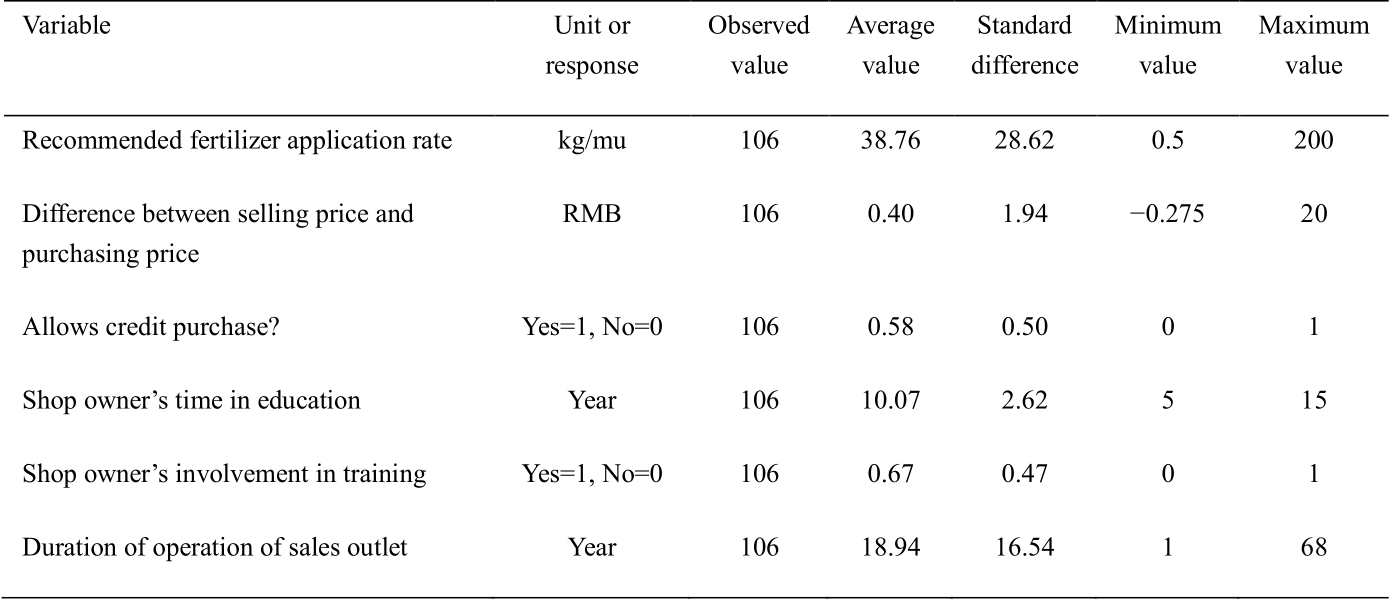
Source: Survey data.
《4.4 Empirical analysis results》
4.4 Empirical analysis results
The results of the empirical analysis (Table 8) show that credit purchases and the extent of technical agricultural training influence the fertilizer application rate recommended by distributors to a certain extent. After controlling for fertilizer price, number of years of operation, variety of fertilizer, and the location of distributors, the influence of credit purchases is obvious, affecting recommendation by 10% and producing a positive coefficient when using model (1). Using model (2), the coefficient of the variable is also positive but not obviously so, suggesting that credit purchases result in increased recommended application rates.
In model (1), the influence of the distributor’s participation in training on their recommended fertilizer application rate is obvious and results in a negative coefficient. After the interaction term is added to the model, the interaction term explains 1% of the variation in recommended application rate and the model produces a negative coefficient. If the average number of years a distributor has spent in education is at least 10.07, the application rate recommended by the distributor is 9.87 kg/mu less relative to untrained distributors. Empirical analysis suggests that distributors’ participation in technical training results in their recommendation of lower application rates to farmers.
《Table 8》
Table 8. Empirical regression results.
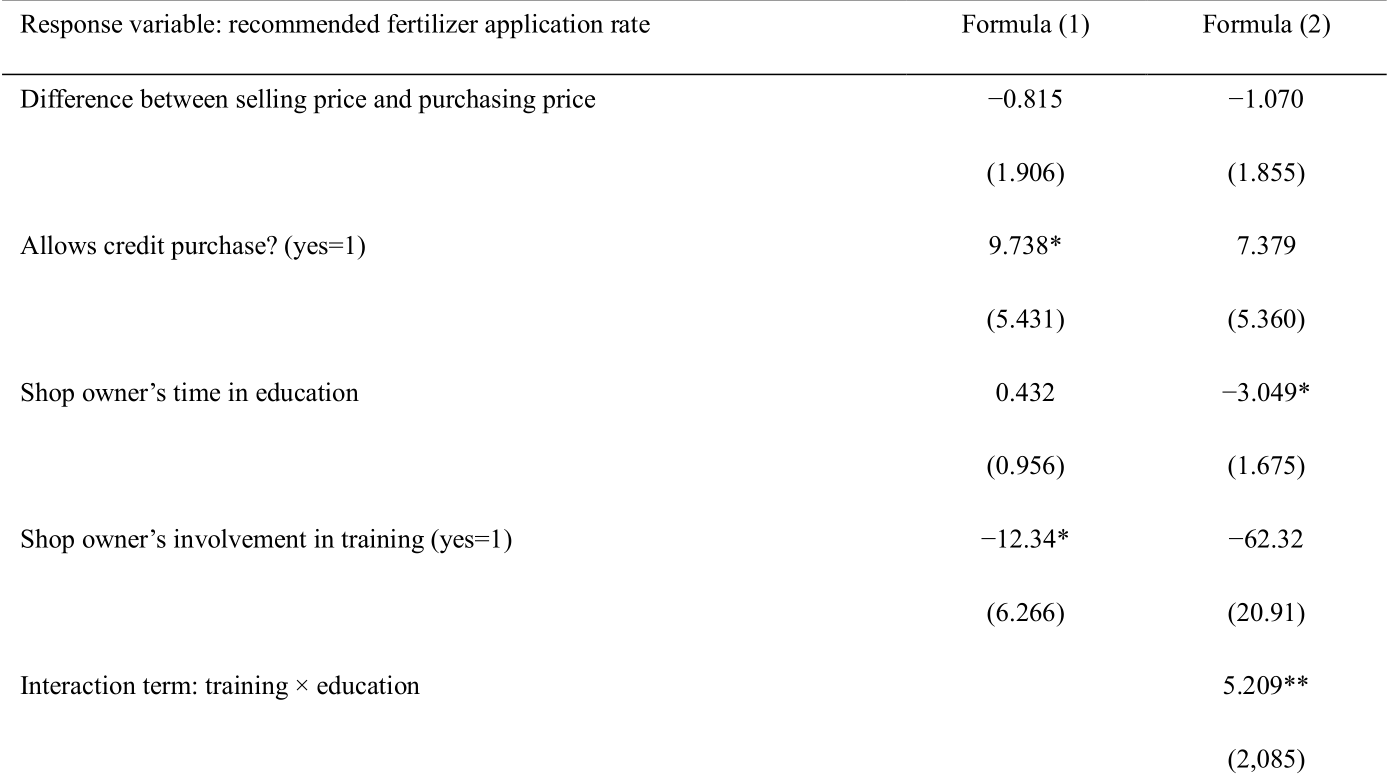

Note: *, **, and *** indicate statistical significance at the level of 10%, 5%, and 1%, respectively. Regression results for dummy variables are omitted in this table.
《5 Conclusions》
5 Conclusions
《5.1 Fertilizer distributors have a low level of overall professional knowledge》
5.1 Fertilizer distributors have a low level of overall professional knowledge
Overall, fertilizer distributors have a low education level and typically lack fertilizer application knowledge. The business license can be acquired at a low cost and there is no constraint or supervisory mechanism in place. They improve their knowledge through training classes and introductory meetings held by fertilizer manufacturers, and their motivation for improving their professional skills and knowledge is typically low. In conclusion, the professional knowledge of distributors needs to be improved.
《5.2 The pressure of credit purchases results in distributors increasing their recommended application rates to increase sales volumes》
5.2 The pressure of credit purchases results in distributors increasing their recommended application rates to increase sales volumes
Credit purchases are incredibly common in the circulation of chemical fertilizer, which dramatically increase circulation costs and result in high fertilizer prices. The promotion of fertilizer products and the capital risks resulting from farmers’ frequent credit purchases increase the operation costs as well. To make profits, distributors tend to increase the fertilizer application, which leads to fertilizer overuse.
《5.3 Distributors will recommend more scientifically appropriate fertilizer application rates after participating in technical agricultural training》
5.3 Distributors will recommend more scientifically appropriate fertilizer application rates after participating in technical agricultural training
According to the empirical analysis, participating in technical agricultural training reduces the application rate recommended by distributors. As training promotes scientific thinking and environmental awareness, distributors are more likely to recommend safe and appropriate application rates to farmers.
《6 Countermeasures》
6 Countermeasures
《6.1 Improve market access thresholds for fertilizer distributors》
6.1 Improve market access thresholds for fertilizer distributors
Government departments should more thoroughly manage the sale of fertilizer, explore the possibility of a distributor qualification recognition system, and prevent the unlicensed operation of distributors. As distributors are the primary way in which farmers gains information about fertilizer use, they should be well-informed to properly transmit accurate information to users. In terms of issuing business licenses regarding agricultural material, the holding of more frequent training classes and the implementation of distributor assessments could help to solve this issue. It is also recommended that more rigorous checks and stricter punishments be used when assessing distributor operation.
《6.2 Optimize training for fertilizer distributors》
6.2 Optimize training for fertilizer distributors
The fertilizer application training should be optimized to ensure the proper use of fertilizers. The government should promote distributor training on fertilizer application technologies, new fertilizer varieties, as well as relevant policies and regulations, which is the way to improve distributors’ environmental awareness and overall competency and to enable a more accurate and scientific information transfer between distributors and farmers.
《6.3 Try to relieve credit purchase pressure in fertilizer circulation links》
6.3 Try to relieve credit purchase pressure in fertilizer circulation links
We suggest that the expansion of the financing channel for distributors would aid in the alleviation of the pressure placed upon them by frequent credit purchases by farmers. The enactment of a loan interest discount policy for distributors would also aid in reducing the pressure on them from credit purchases. Moreover, the quality of fertilizers should be ensured by the manufactures, such that farmers will have confidence in their fertilizer products and stop purchasing the fertilizers by credit.














 京公网安备 11010502051620号
京公网安备 11010502051620号




